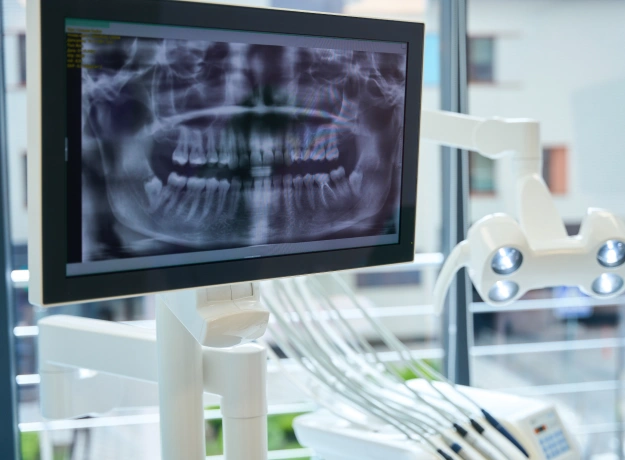
Seeing Beneath the Surface: Why Dental X-Rays Are Essential
What Dental X-Rays Can Reveal
- Abscesses or cysts
- Bone loss
- Tumors (cancerous and non-cancerous)
- Tooth decay between teeth
- Developmental abnormalities
- Poor tooth or root positioning
- Problems below the gum line or inside a tooth
Are Dental X-Rays Safe?
Everyone is naturally exposed to small amounts of radiation from the environment each day. The radiation from a full-mouth series of dental X-rays is roughly equal to what you would receive from natural sources in a single day.
Dental X-rays emit only a low level of radiation and are considered very safe. To ensure your safety, dentists take all necessary precautions—such as using lead apron shields to protect your body and utilizing modern, high-speed digital imaging or fast film to minimize exposure time.
How Often Should You Get Dental X-Rays?
The frequency of dental X-rays varies based on each patient’s unique oral health needs. Your dentist and dental hygienist will recommend the appropriate type and timing of X-rays after reviewing your medical and dental history, conducting a thorough exam, and considering factors such as your age, symptoms, and risk of dental disease.
For new patients, a full-mouth series of X-rays is typically recommended and generally remains valid for three to five years. Bite-wing X-rays—which show the upper and lower teeth biting together—are commonly taken during routine check-ups once or twice a year to help detect new issues like cavities or changes in bone health.

